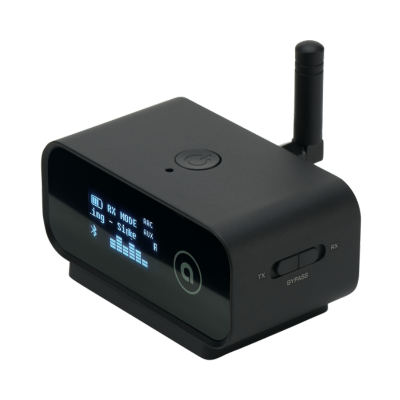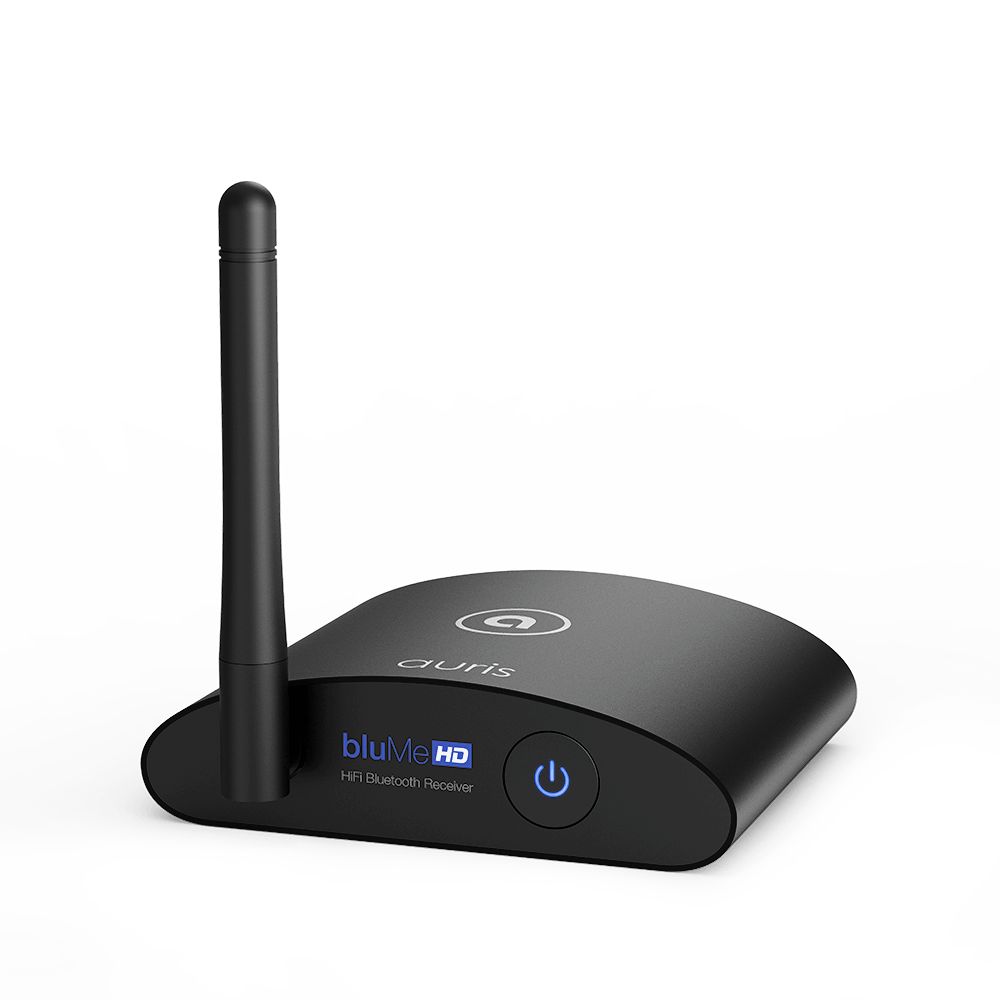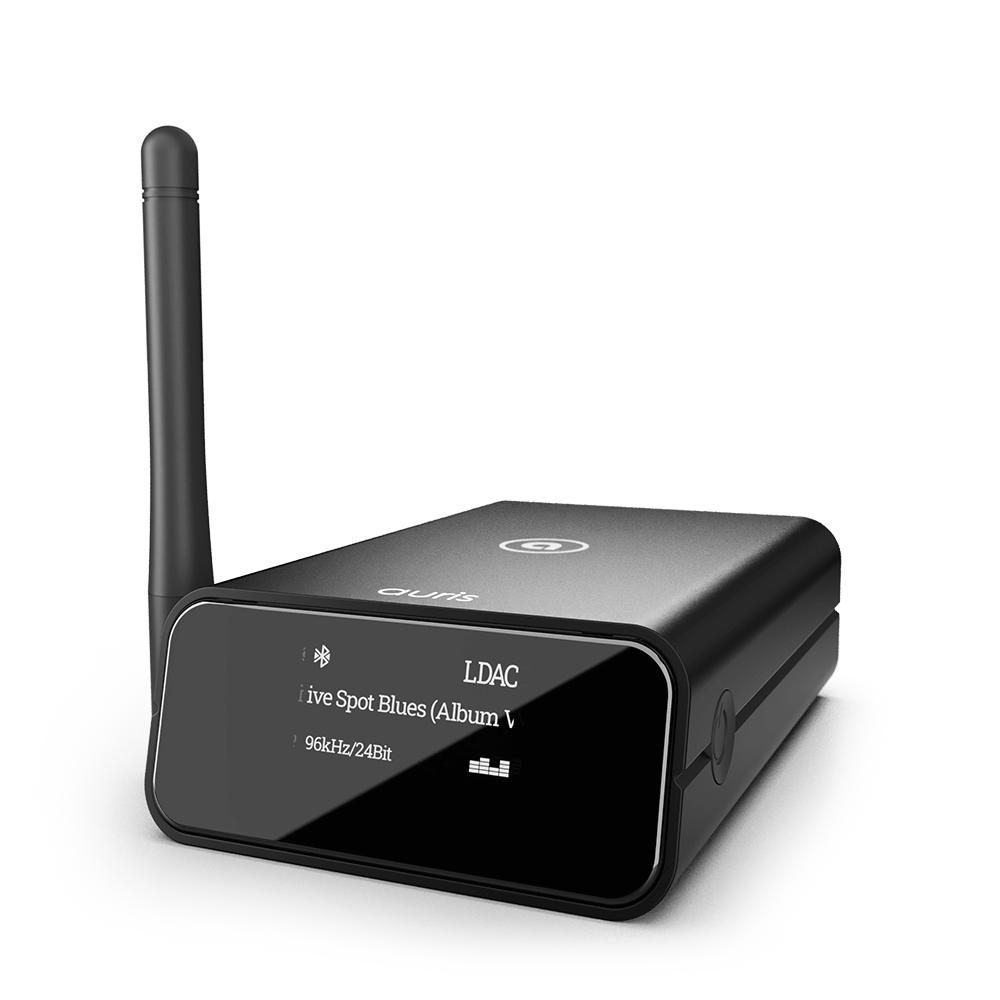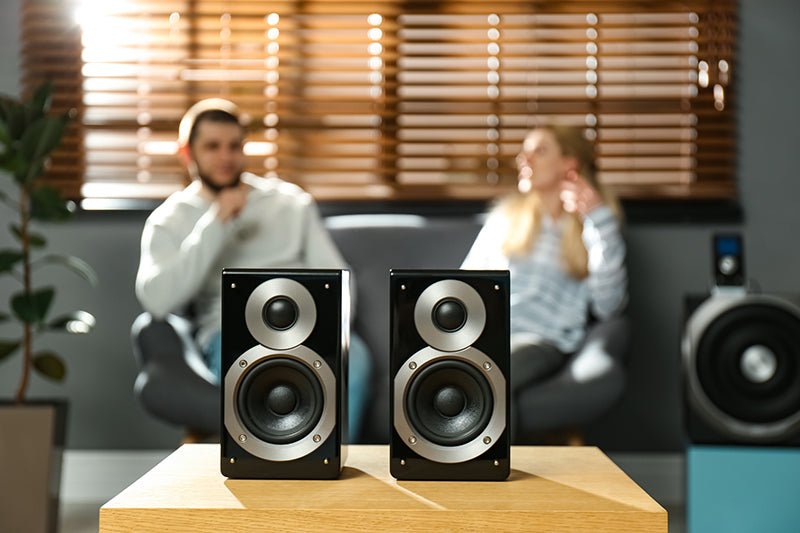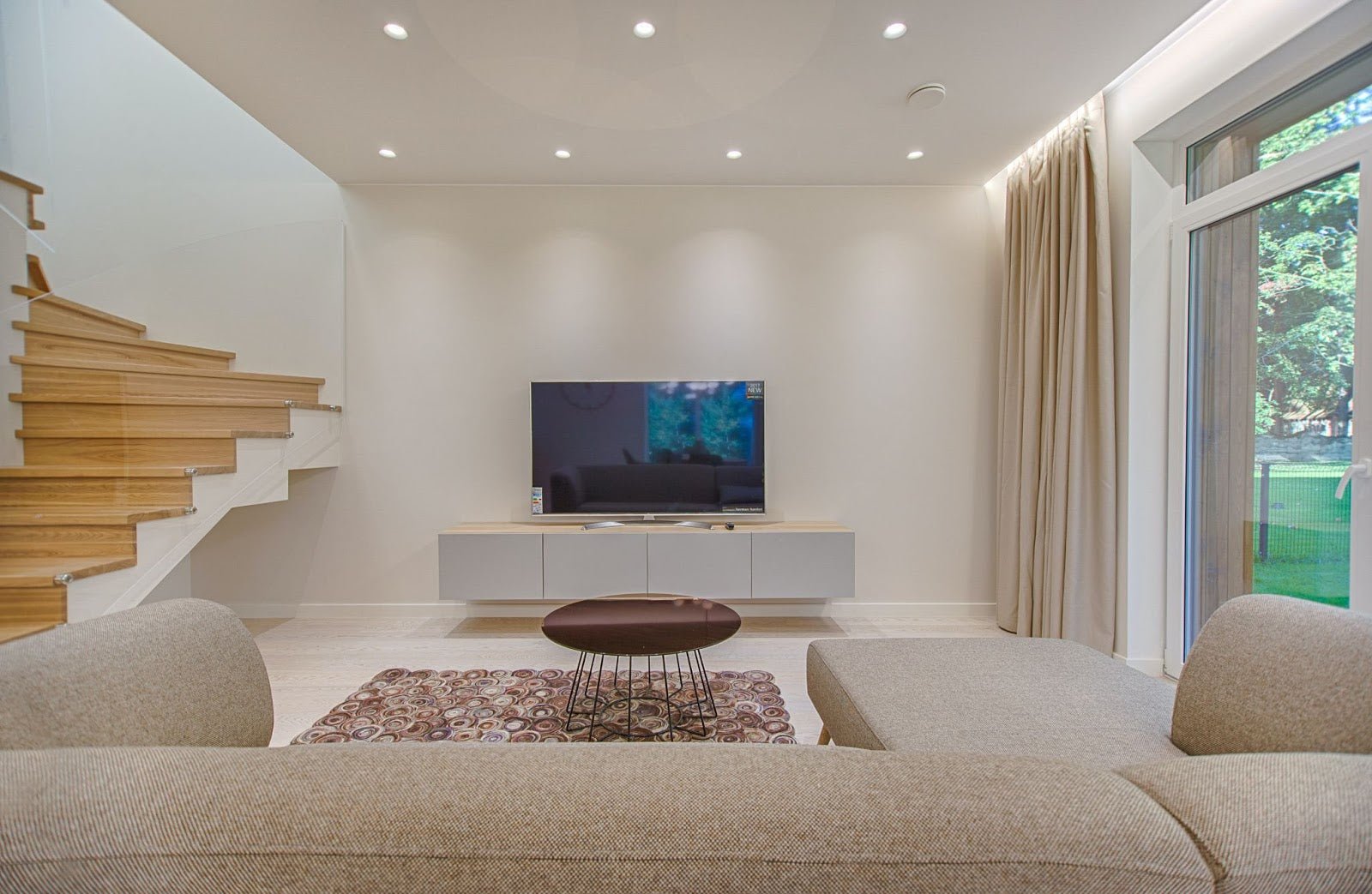
The world of technology is the never ending pursuit of excellence. From the products that get created to the science that goes into researching and developing ways to improve the human experience, everyone in technology has the desire to design and iterate on products that provide excellence. No designer is never ultimately happy with a finished product, and no product is ever as good as it could possibly be.
The television industry is no different, although it is slightly more complicated than other market sectors. For example, different television manufacturers strive for excellence in different ways. While one manufacturer could be focusing on striving for the best possible picture quality with the maximum color accuracy, another could be focusing on making a television with the best user experience and UI design, while still another could be focusing on making a television that provides the maximum in high fidelity audio. However, with the majority of manufacturers, there is a common denominator; all usually strive to provide users with a television experience that is affordable yet still acceptable. This approach can often lead to some key features being left off a finished product.
The Most Common Example of Cheap Television Design
By far the most common example of cheap television design is skimping where people might not notice. Manufacturers are willing to gamble that the user may not notice small quality degradation in several areas, but research has shown that whileaudio quality is essential for the ultimate experience and for trust in a specific message, it often gets left by the wayside in cheap television design.
Television manufacturers like Roku, TCL, Onn, and several others often cut costs by sacrificing audio fidelity and by using low quality, cheaply made onboard speakers. While the majority of users may not really be affected by this, there is a large percentage of people who still want good audio quality even if they cannot afford a top of the line television. However, as a result of the cuts to quality, low resolution audio and low fidelity response tend to be the result, leaving many users disappointed.
So What’s The Solution to Low Quality Audio?
The first and most obvious answer to what the solution to low quality audio is can be found just by looking at the back of most televisions. Even in the 2020s, most televisions still ship with an audio out port (also known as an aux port) on the back or the side which allows people to plug external speakers directly into the television. However, the audio capabilities of any speaker are handicapped by the device they’re plugged into.
For example, if you have a $10,000 pair of concert speakers and you were to plug them into your smartphone, the audio quality and the amount of physical sound waves those speakers would be able to generate would be pitiful compared to the full potential of the audio array. To properly drive $10,000 speakers, you need a very high quality amplifier, some good cabling, and a sound board to drive it all.
The same principle can be applied to a television. If you’re plugging studio reference monitors (fancy home theater speakers) into a television that’s already known to be skimping on the onboard speakers, there’s a very high chance the aux port and the board inside the television won’t be capable of pushing any very high quality audio directly to the speakers. Yes, it’ll be better than the onboard system, but not by much.
What Is Bluetooth?
Bringing a new kind of technology into your home can seem a bit daunting, especially if you don’t understand what it is. Bluetooth is, in short, a wireless technology that allows data transfer between two devices, one sending the information, and one receiving it. Bluetooth uses a short wavelength, meaning that it generally only allows devices to transmit or receive information when they are in close proximity to one another, making the technology perfect for home use.
Bluetooth devices are generally secure, because they are incredibly difficult to frequency interrupt due to the fact that they change frequencies several hundred times per second within an acceptable range of frequencies.
And while Bluetooth is generally used to transfer audio data and sound files(its primary function), the technology is not directly limited to that function. Bluetooth can also be used to share small files, transmit other information, and can even link devices together for short periods of time, a technology that is currently being used by Apple and other large corporations for contact tracing during the COVID-19 pandemic.
Enter Bluetooth Adapters, The TV Game Changer
According to Statista, in 2016, over35% of United States households owned a Bluetooth enabled speaker. By 2021, that number has probably climbed past 50 or 60%. With that being said, the quality of an audio stream over Bluetooth has a very high chance of being better than the audio quality of most low-budget televisions on the market today. So to get better audio quality, you just have to connect your bluetooth speaker directly to your television, and you should be ready to go, right?
Not quite. Because most low budget television manufacturers are already skipping out on good speakers, they’re almost guaranteed to be skipping out on an onboard Bluetooth transmitter for that audio signal as well. Thankfully, there’s a solution:wireless Bluetooth transmitters. Essentially, these devices allow televisions to stream high definition sound directly to a Bluetooth speaker or a pair of Bluetooth headphones, even if the television doesn’t support that feature directly.
As a result, you can experience high quality audio streaming on any television, not just brand new and expensive ones.
Taking Home Theater To The Next Level
The use cases for devices of this caliber are extensive. Not only can you get higher quality audio on a budget, you can get a theater-like experience within your own home. For many people, putting together an enjoyable home theater experience seems like an unattainable feat due to the cost barrier to entry and the time and effort required to figure out the best possible in-home setup. However, thanks to technological advancements like bluetooth transmitters for television, creating a theater experience in your own living room is possible!
Enter Auris and the bluMe Duo
When looking to buy any piece of technology, it’s easy to get lost in the market. If there’s one thing about technology that will never change, it’s the fact that there are several competitors in any space and it can be incredibly difficult to tell them apart. However,Auris and its offerings are special for a number of reasons. If you’re looking for high fidelity Bluetooth audio in your home and for your television, chances are you might want it to function in more than one way so that you make sure you get your money’s worth.
The Auris bluMe Duo Wireless actually acts as both a Bluetooth transmitter and a Bluetooth receiver, meaning that can take a signal from your television and transmit it to a Bluetooth speaker, or that it can take a Bluetooth signal from your phone and translate it into an analog signal connected to any traditional speaker or audio system that you have in your home.
Additionally, the bluMe Duo features Bluetooth 5.0 with Qualcomm aptX audio codec support, meaning it’s capable of providing clear, distortion-free digital sound. It can stream to up to two devices at once, meaning you can run a stereo audio system over Bluetooth straight from your television!
The Bottom Line
Even if you have a television that’s cheap or old, the Auris bluMe Duo Bluetooth Audio adapter can be perfect for your use case! It has a wide array of connectivity and has both digital and analog inputs, meaning that you can use it with virtually any television. Leave behind the days of expecting technology to disappoint you and join the vast world of people constantly trying to find ways to improve their lives by discovering new and exciting ways to get the features they need without having to break the bank. The bluetooth adapter for your devices will be an absolute game changer.
Sources:
https://news.usc.edu/141042/why-we-believe-something-audio-sound-quality/
https://www.statista.com/statistics/736085/bluetooth-enabled-speaker-us-household-penetration/
